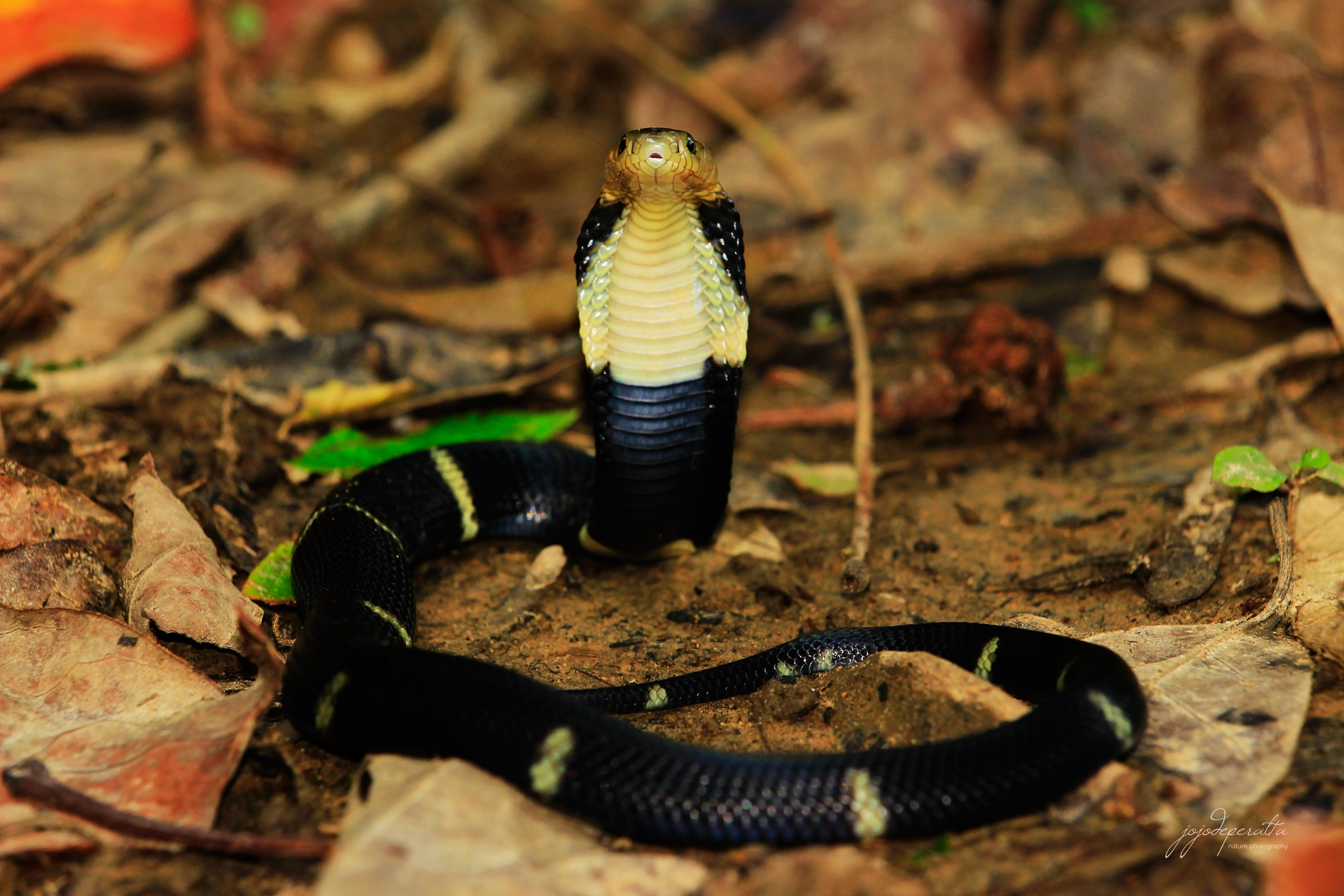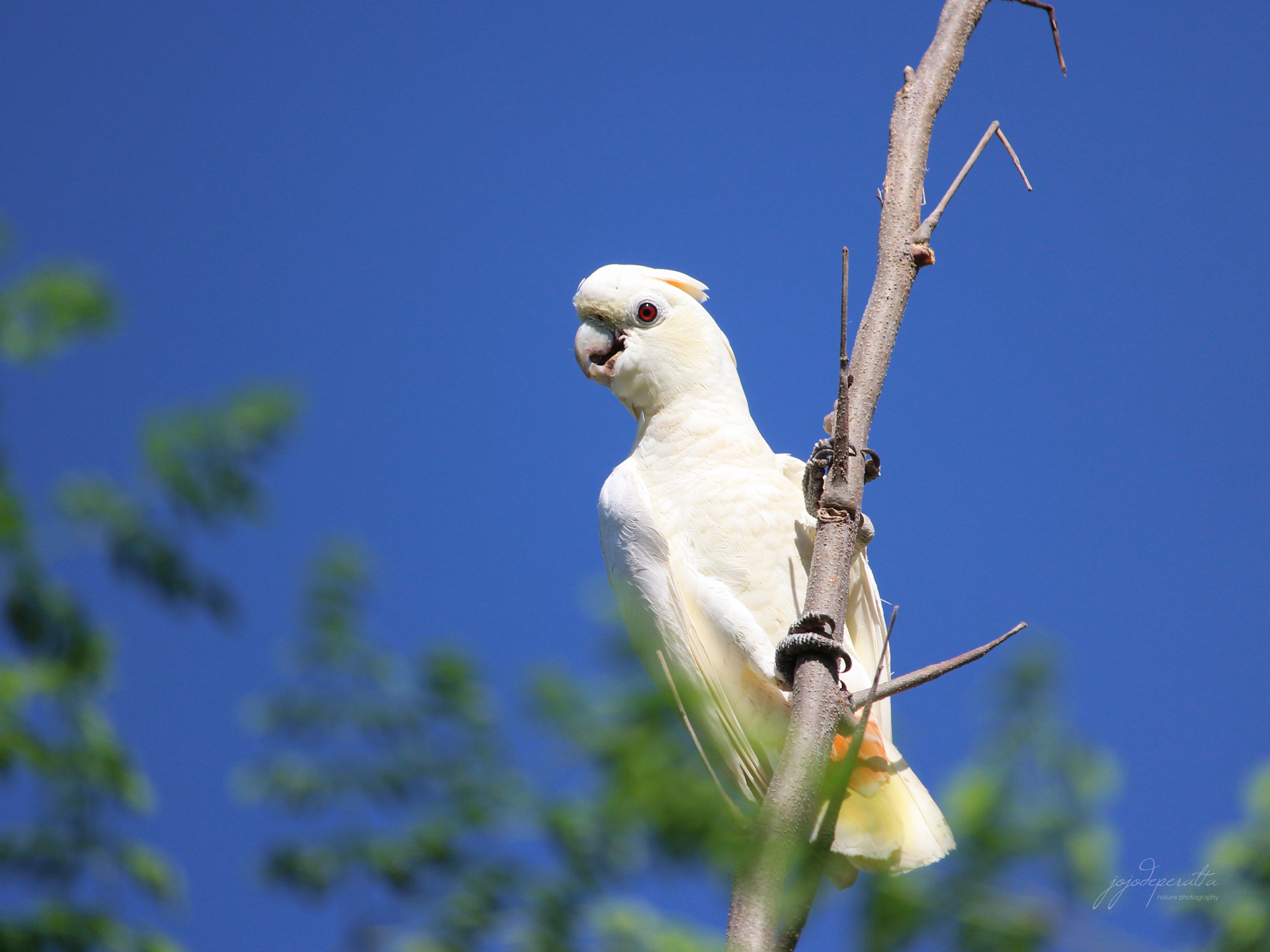Palawan Litter Frog – An amphibian struggling to exist
The Palawan Litter Frog is one of the many species deeply affected by the changing environment in Palawan. You would be surprised to know how small the percentage of locals, even mountaineers or hikers who have seen or are familiar with this species nowadays. It was not like that in the old days. This species is used to be one of the most common amphibians that can be seen in our forest floor near clear flowing streams and rivers. It used to be abundant around Estrella Falls, Tagbanato, upper Taritien and Malatagao River. These places are close to where I grew up, and are places I enjoyed hiking in my early teens.
The major threat to this species is deforestation mainly due to small and large-scale agriculture and urban development. Around where I live, deforestation within this species range is primarily due to agriculture. Over the years, a lot of primary forests were cleared to support the growing population of our town and Narra became known as the rice granary of Palawan. Our town boasted that the rice produced here every cropping can feed a large percentage of population in the whole province. All seem to be improving and doing well around here, except for the small, forgotten wild creature named after the Tagbanua Tribe. A diminishing endemic amphibian unheard to many residents of Palawan, but known to science as the Leptobrachium tagbanorum Brown, Siler, Diesmos & Alcala, 2010.
The Palawan Litter Frog is a species of frog in the family Megophryidae. This species is commonly seen on leaf litter mostly along slow-flowing mountain stream in montane and lowland tropical forest. It can also be seen on the edge of fast-flowing rivers on foothills at night and can be found hiding in dense vegetation with tangles of roots, vines and crawling bamboos during the day. It has a large head and the voice or calls are loud. The body color usually varies from dark brown, yellowish brown to brownish gray; the eyes are large and black.
Some environmentalists are blaming a guy named Monsanto and other agrochemical companies for this species declining numbers, but we believe that the real culprit is the destruction of its habitat. This species always requires forest cover. It is not seen to inhabit grasslands away from wooded areas and unlike some of Palawan species that have tolerance to habitat modification, this species does not inhabit heavy populated urban areas. It will cease to exist the moment its habitat is deforested. It was gone long before the farmers can plant crops, use insecticides, and other chemicals. I'm not saying that the harmful chemicals used in farms and rice plantations are healthy for this species. It is affecting other lowland species inhabiting our natural ponds, rivers, creeks and mangroves, but these chemicals do not flow upstream to the mountains where these species have now found refuge.
This species is present on the slope and foothills of all major mountain ranges in Central and Southern Palawan. It also occurs at Cleopatra’s Needle and Mount Peel area. If you like to see this species without having to hike far, I recommend driving to Salakot Waterfalls in late afternoon and stay until dark. I went herping here with guests two years ago and apart from this species, we found other species of endemic amphibians around the river and the waterfalls. It is also present at Puerto Princesa Underground River National Park, but the last time I checked, they do not allow night herping in the area.
The Palawan Litter Frog is endemic to Palawan. We should be proud to have so many interesting species confined in this island. It’s a shame that we don’t seem to know what to do with them.
 |
| Palawan Litter Frog in Sultan Range. |
 |
| Palawan Litter Frog in Kalakwasan area. |
 |
| Palawan Litter Frog habitat in Narra. |
 |
| Palawan Litter Frog in the river. |
 |
| Palawan Litter Frog in Mt. Salakot area. |










